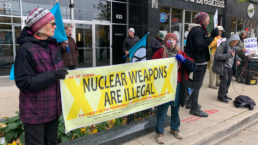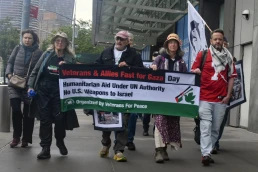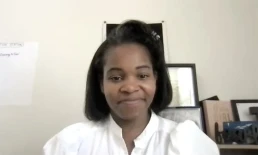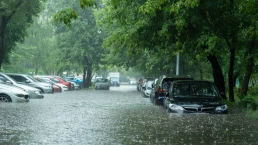Maybe the messy Ukrainian war will go on for months more, even years. But there is nothing to stop the two biggest nuclear powers from initiating some bold steps towards the elimination of nuclear weapons right now.
By Jonathan Power, In Depth News
In the year 2000 President Vladimir Putin made his own contribution to solving the nuclear weapons imbroglio. Moscow, he said in a speech, was prepared to drastically reduce its stockpile of nuclear missiles. Putin’s call was not just for further cuts than the U.S. suggested ceiling of 2,500 for each side but for reductions far below Moscow’s previous target of 1,500. (At present Russia has around 6,000 warheads, and the U.S. has 5,400.)

Indeed, from the way Putin put it and terms and phrases he used, commentators at the time suggested that Putin may well have had in mind the same kind of deal that Mikhail Gorbachev and Ronald Reagan hatched at their summit in Reykjavik back in 1986—a stockpile approaching zero.
That momentous unconsummated plan at Reykjavik was Reagan’s—he foresaw a world with perfect missile defences (the so-called Star Wars concept), side by side with the abolition of nuclear weapons by the superpowers. But the moment Reagan’s advisors got wind of what he was spontaneously hatching with Gorbachev, they moved to squelch it, arguing its lack of feasibility and rubbishing its practicality, as they did—and still do—regularly with any creative proposal that has wound its way through the labyrinth of inter-agency review.
Recent Posts
These Veterans Starved Themselves To Protest The War In Gaza
July 8, 2025
Take Action Now As food in Gaza becomes increasingly scarce, activists are pushing their bodies to the limit in solidarity.By Emmet Fraizer, The…
ICE Agents Are Terrorizing Los Angeles With Brutal Tactics
July 8, 2025
Take Action Now ICE agents have established a pattern of brutal use of force in immigration raids.By Jonah Valdez, The InterceptSince June 6,…
Talk World Radio: India Walton On Zohran Mamdani And Freezing Out ICE
July 7, 2025
Take Action Now India Walton, former Democrat nominee for mayor of Buffalo, NY, discusses Zohran Mamdani and the race for NYC mayor and how to deal…
How Climate Change Is Worsening Flooding And Heavy Rainfall
July 7, 2025
Take Action Now The latest science on the link between climate change and natural disasters — and how they may be playing out where you live.By…




